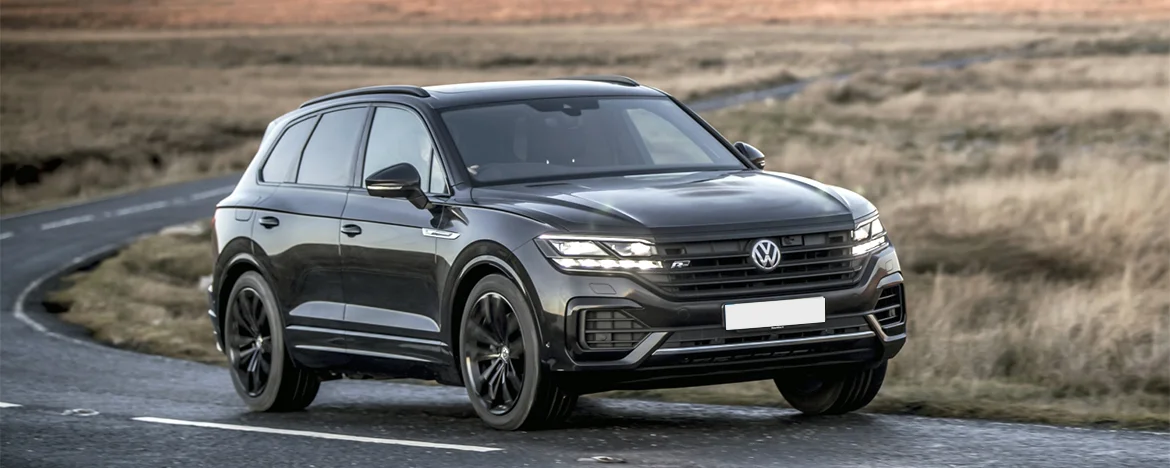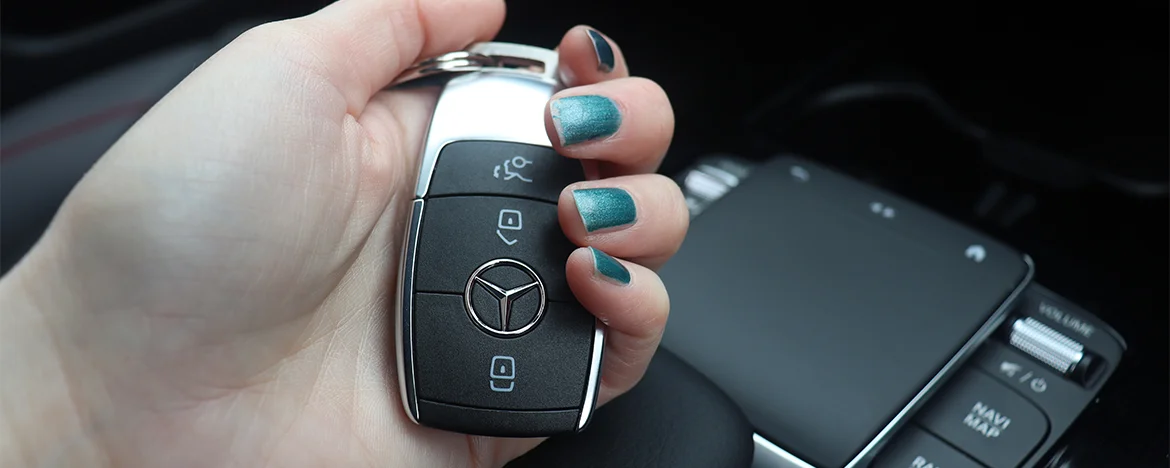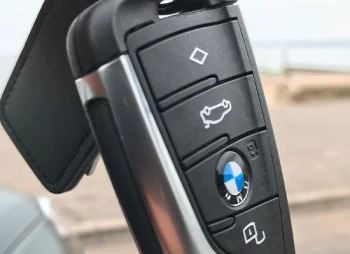Do you know how large your grey fleet is?
Creating an effective grey fleet can help to reduce costs, save on admin and mitigate risk
Many work journeys every day are undertaken by employees driving their personal vehicles. While this doesn’t seem like a big deal on the surface, especially if these journeys only take 10 or 20 minutes, without a robust grey fleet management policy in place you could be exposing your business to unnecessary risk.
An effective grey fleet management strategy will keep your employees safe and protect other road users, but it will also reduce the risk of your business being held liable for any collisions or other incidents, protecting your finances and your reputation.
Creating a robust policy is something that Corparison can help your business with to ensure no stone is left unturned and you’re covered for every situation.
But to help kickstart the process, we’ve compiled seven top tips for creating an effective grey fleet.








